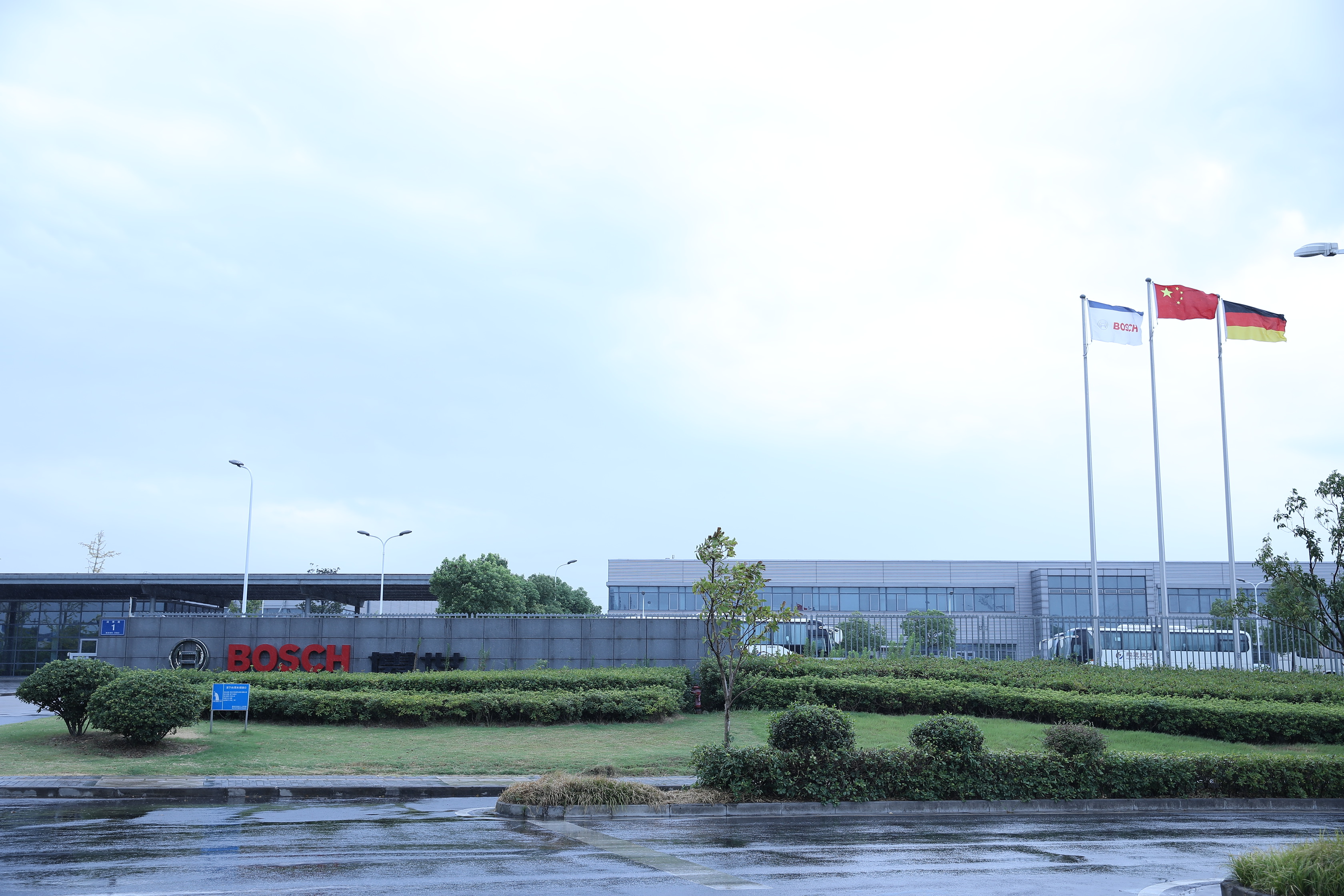

The system works in a cross-platform manner and independently from specific tracking or rendering techniques. Besides information and explanations as texts, videos, pictures, safety notes with audio content, 3D data, circuit diagrams, technical drawings and markers can be integrated as well. It accesses the existing database and collects the matching data for the intended Augmented Reality application.

In order to integrate the large diversity of versions and products in modern automotive technology into AR applications at low costs, Bosch developed the Common Augmented Reality Platform (CAP).

For the customers, this results in increased repair quality – for workshops, it quickens the workflow.”ĭevelopment platform eases the creation of AR applications Providing access to required and up-to-date information whenever needed deepens the product understanding and saves time. Displaying complementary information is the key to an increasingly complex technological world. Jürgen Lumera, Augmented Reality expert at Bosch, is convinced that this technology will prevail in automotive workshops: “Augmented Reality provides workshop employees with kind of an x-ray view into the vehicle. As a result, the user receives the required information right where and right when he needs it. In cases of repair, the next step can be guided repair instructions displayed right onto the tablet or smart glasses. This allows him to quickly talk over the results with the customer. In a neatly arranged manner, the mechatronic’s tablet computer or smart glasses show error codes and other irregularities. It provides a quick overview of the customer vehicle’s technical condition. for the first direct contact with the customer. Pointing the device camera onto the vehicle, required additional information can be integrated into the real image using a tablet computer or smart glasses.īosch has already developed an AR application for the vehicle reception, i.e. Bosch supports everyday work of mechatronics by means of Augmented Reality solutions easing, for instance, complicated cases of repair. Augmented Reality (AR) applications connect both real and virtual worlds as if it was the most normal thing in the world thus expanding reality by displaying useful and time-saving complementary information.


 0 kommentar(er)
0 kommentar(er)
